
Today, with franchises ruling the movie scene, production studios are perpetually vying to launch the next blockbuster. Consequently, numerous proposals are either swiftly greenlit or shelved as public opinion shifts rapidly. Some of these projects languish in development limbo for extended periods. The most frustrating aspect is when they finally make it – only to disappoint viewers miserably.
Either due to the pressure of competing with a popular franchise or because they had lost their initial appeal, these films failed critically when released by their production companies. While some developed a dedicated fanbase, others are now remembered as regrettable instances in cinematic history.
John Carter Was Way Too Expensive
Produced by Walt Disney Studios Motion Pictures
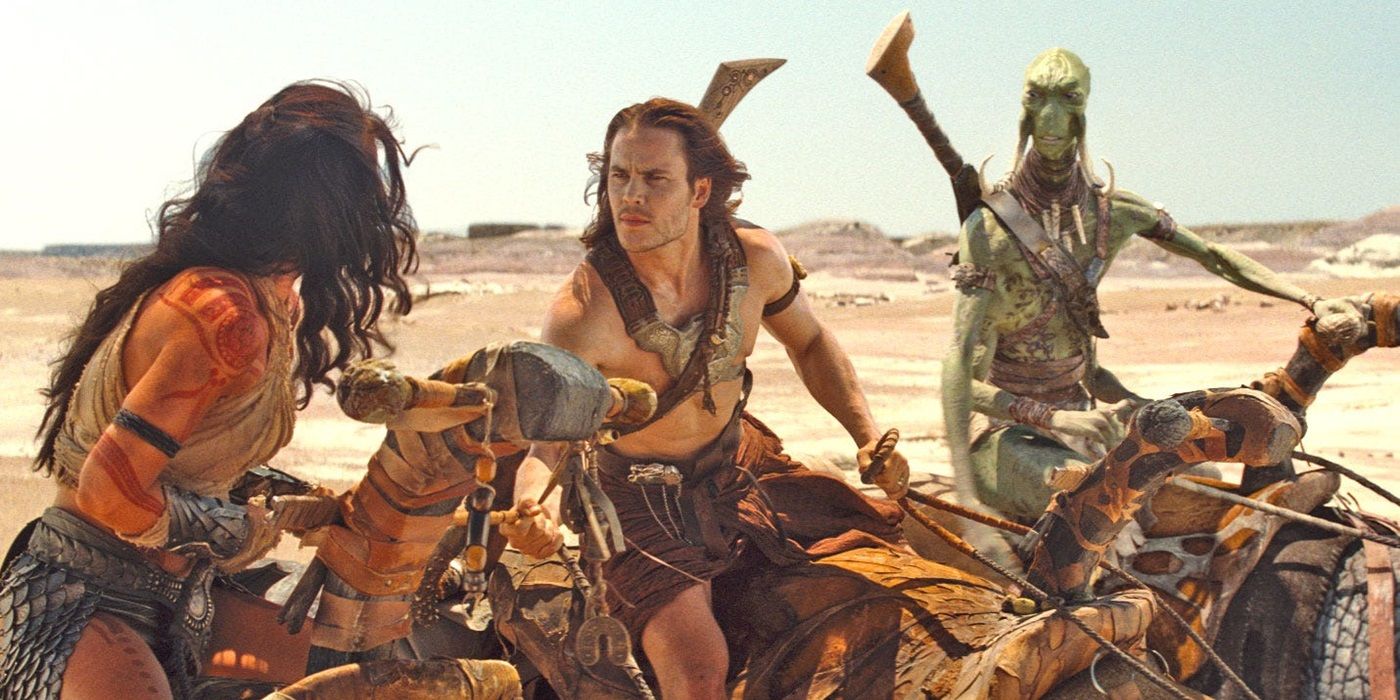
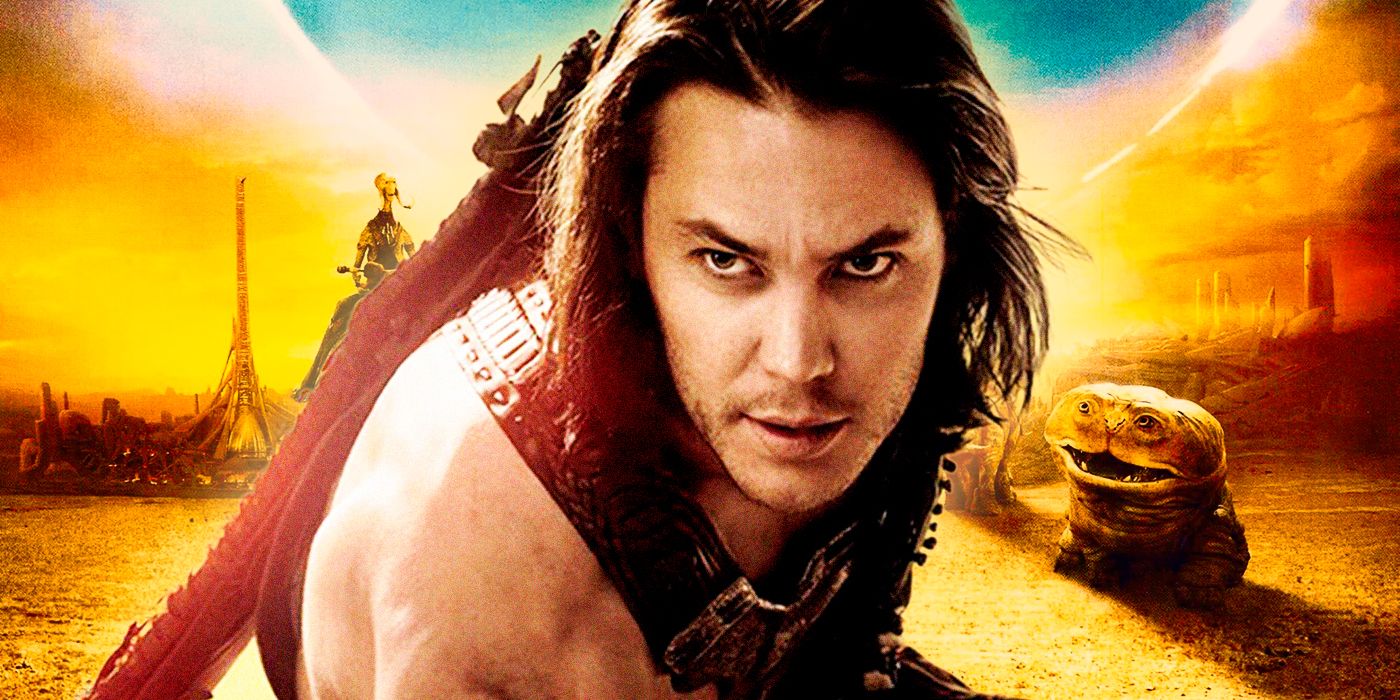
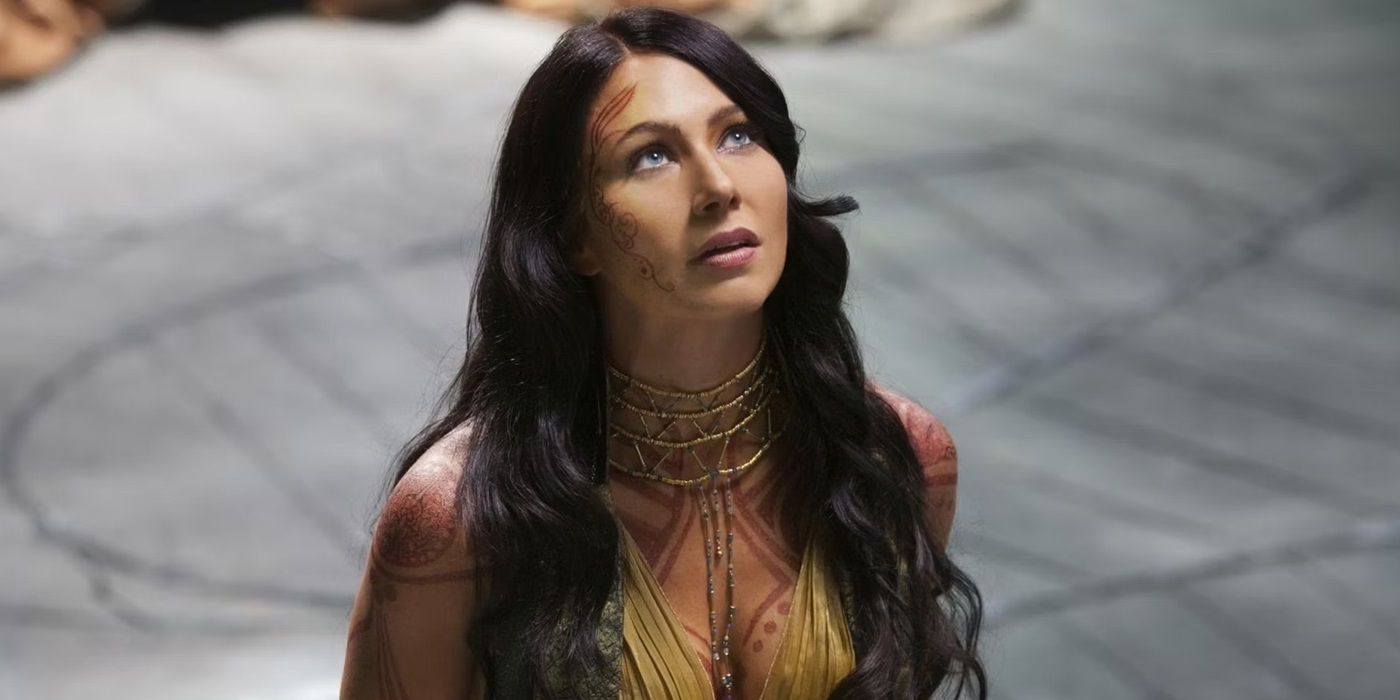
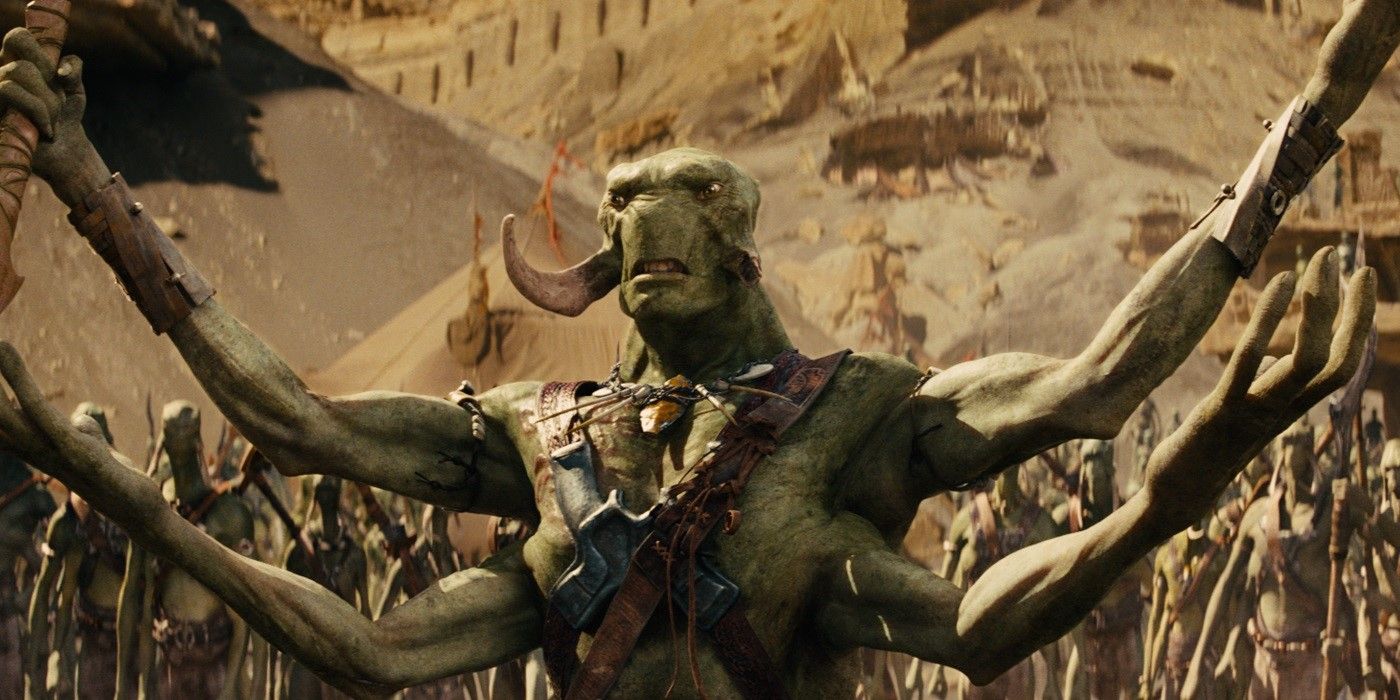
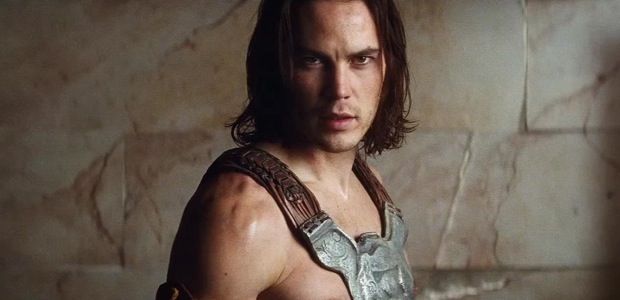
In the 1980s, Mario Kassar and Andrew G. Vajna procured the rights for the 1912 science fiction series, “Barsoom,” with an aim to rival Star Wars. With Tom Cruise as the main actor and John McTiernan as director, all appeared set for the production of the movie called “John Carter.” However, McTiernan discovered that visual effects technology at the time wasn’t sophisticated enough, leading to its eventual halt.
20 years after its initial release, Andrew Stanton managed to convince Disney to reconsider the film, casting Taylor Kitsch as the main character. However, the 2012 remake of “John Carter” flopped at the box office, resulting in a $200 million loss for Disney. This movie is considered one of Disney’s biggest financial disasters due to its high production cost of $306 million, making it one of the most expensive movies ever made.
Speed Racer Couldn’t Emulate the Magic of the Source Material
Produced by Warner Bros. Pictures
Back in 1992, Warner Bros. gained control over the manga series “Speed Racer,” aiming to produce a movie with Johnny Depp as the main character and Henry Rollins playing Racer X. However, it wasn’t until 2000 that Hype Williams was employed for scriptwriting and directing duties. Regrettably, this project didn’t move forward until 2004 when Vince Vaughn expressed interest, but despite his efforts, the production never materialized. It took another two years for the studio to recruit the Wachowskis in 2006.
In 2008, Speed Racer made its way onto the big screen starring Emile Hirsch and Christina Ricci, but was met with largely unfavorable criticism due to its failure to capture the essence of the original manga series or offer something fresh. Additionally, it sparked an animal abuse controversy, which only served to deter potential viewers even more.
Foodfight!’s Director & Animators Never Got Along
Produced by Threshold Animation Studios and Fireman’s Fund Insurance Company
Originally conceptualized by Lawrence Kasanoff, “Foodfight!” was envisioned as akin to “Toy Story but in a supermarket,” boasting star-studded voices such as Charlie Sheen and Eva Longoria. The idea aimed to capitalize on nostalgia with the inclusion of iconic food mascots. However, despite significant funding, the movie remained unfinished. It was then that Kasanoff disclosed some of the project’s hard drives had been pilfered in what he termed “corporate espionage,” likely hindering the film’s completion.
The team members clarified that the initial claim was false. Instead, they disclosed that Kasanoff wasn’t satisfied with the project due to a clash in creative visions between him and the animators regarding the movie. This disagreement, coupled with Kasanoff’s meticulous control over every aspect, led to a slowdown in work pace and multiple sponsors pulling out. Consequently, the film was delayed by nearly a decade before it was eventually released in 2012, primarily through a direct-to-video distribution model across most countries. To many people’s astonishment, the movie fell short of expectations. It featured poor humor, excessive product placement, and a confusing plotline. Foodfight! is now infamously known as one of the worst films ever made.
Sin City: A Dame to Kill For Became a Cult Film
Produced by Dimension Films
Following the 2005 hit movie “Sin City”, director Robert Rodriguez announced plans for a sequel titled “Sin City: A Dame to Kill For”. However, his statement came too early as it took a full nine years before the release of the film due to delays in both the scriptwriting process and actor casting selections, for reasons that remained unspecified.
In the end, the sequel to “Sin City: A Dame to Kill For” was released in 2014, a year later than initially intended to avoid clashing with “Machete Kills”. Regrettably, it didn’t perform as well as the original “Sin City”, instead, it felt like a watered-down replica. Despite garnering a cult following within the franchise, its long-awaited release of nine years was more hype than substance.
The Black Cauldron Was Outgrossed By Its Own Company
Produced by Walt Disney Studios Motion Pictures

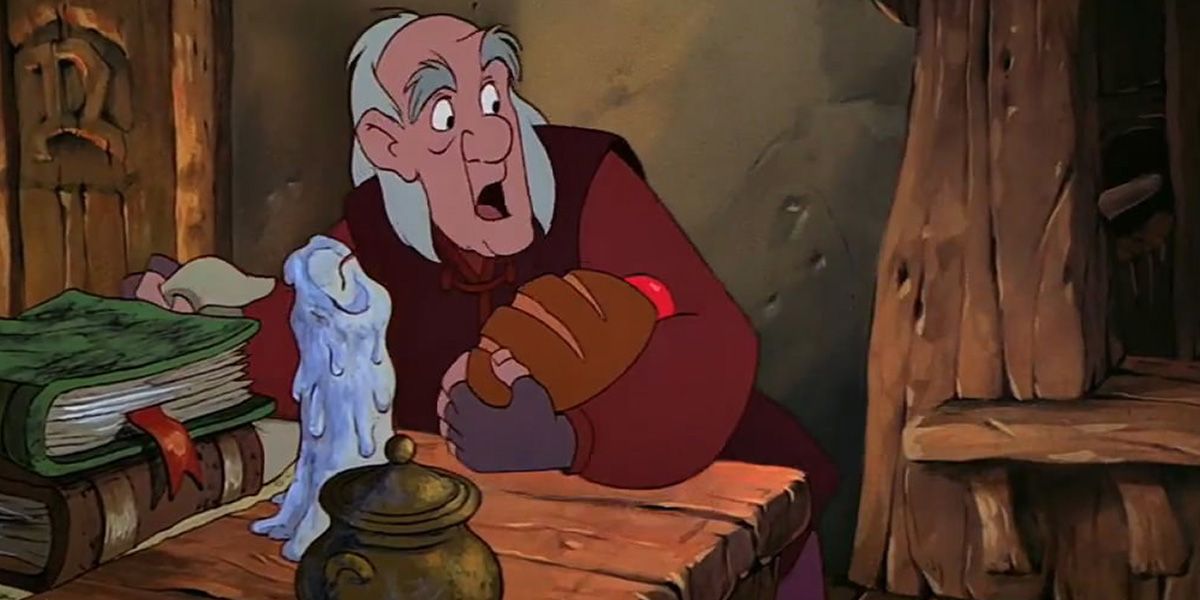
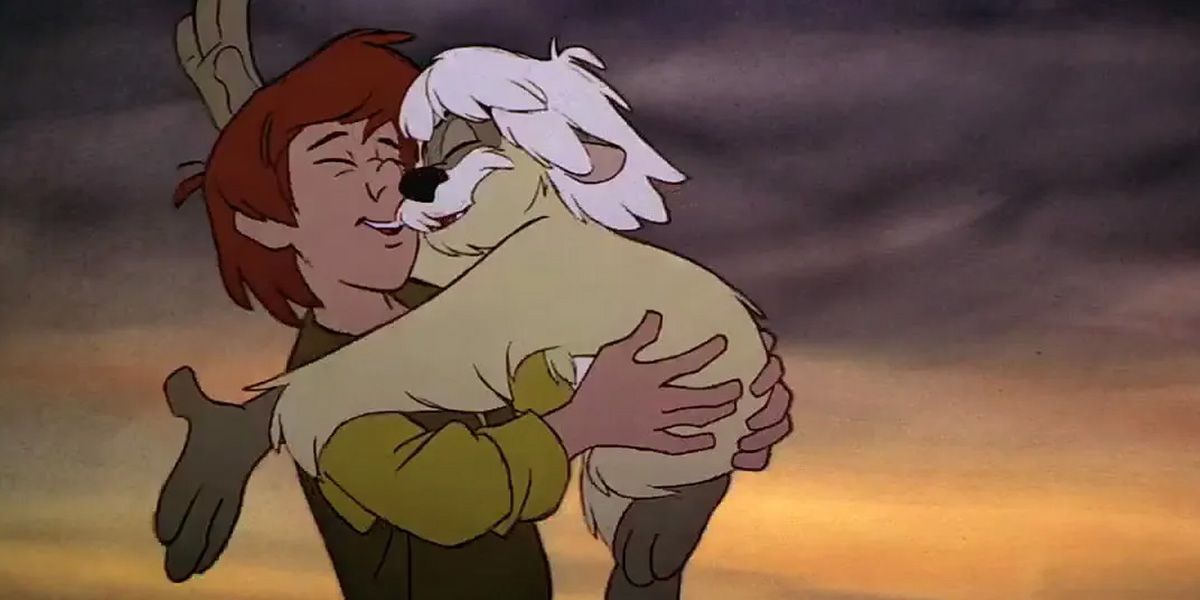
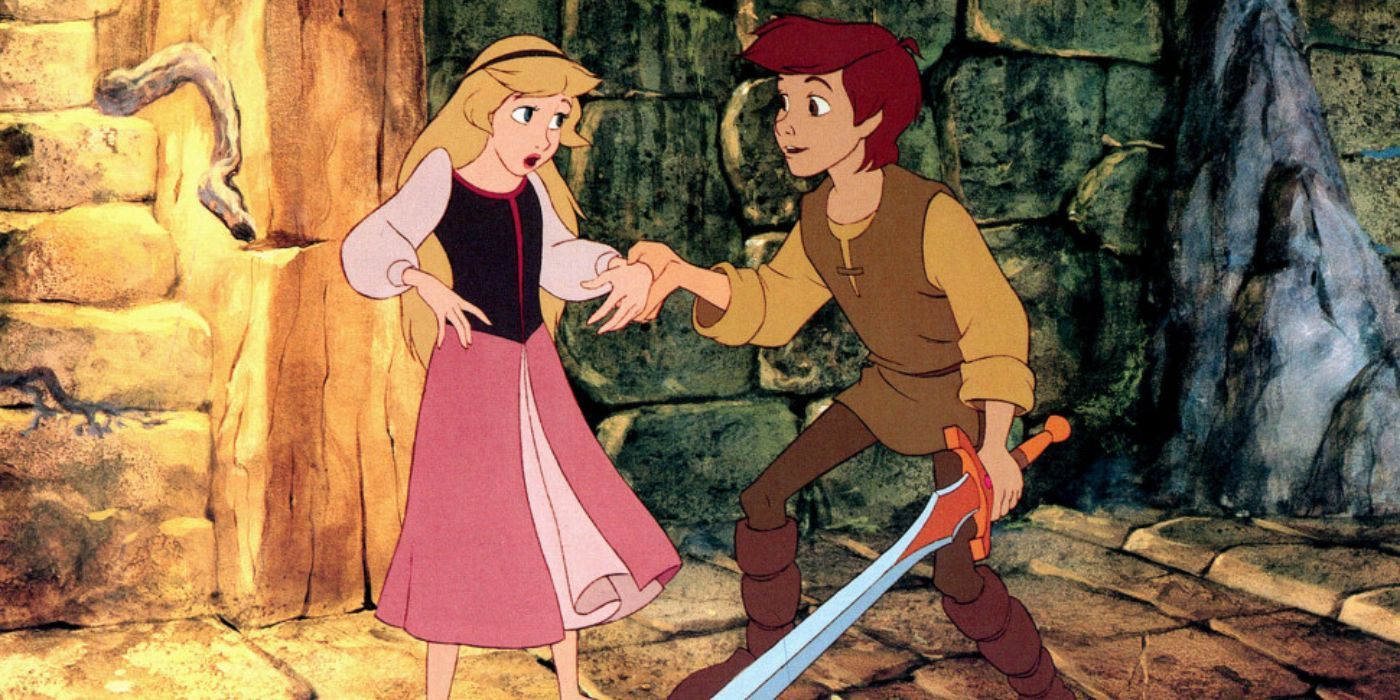
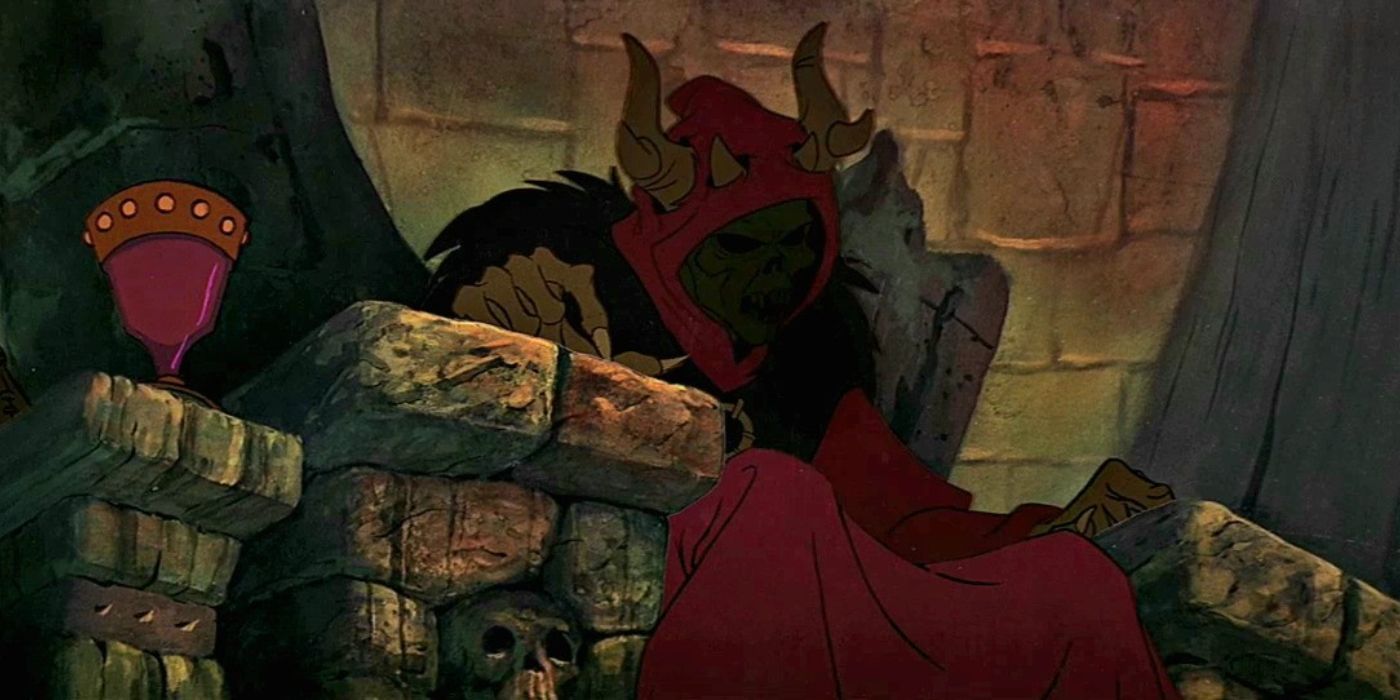
The animated film “The Black Cauldron,” based on Lloyd Alexander’s “Chronicles of Prydain” series, took 14 years to develop. Disney acquired the book rights in 1971, and development on the movie started in 1973. Unfortunately, production was stopped twice; initially due to difficulties animating human characters, and later because the initial test screening of the film in 1984 received overwhelmingly negative responses.
1985 saw the long-awaited debut of “The Black Cauldron,” but unfortunately, it wasn’t as successful as “The Care Bears Movie” or even Disney’s re-release of “One Hundred and One Dalmatians.” This poor performance led Disney to forgo a re-release, and the film didn’t see the light of day again until over a decade later. Consequently, “The Black Cauldron” quickly became a nearly forgotten Disney project in the wake of its initial release.
Treasure Planet Was Rejected Too Many Times
Produced by Walt Disney Studios Motion Pictures
The idea for the 2002 Disney movie “Treasure Planet,” which was a sci-fi twist on Robert Louis Stevenson’s works, was proposed as early as 1985. However, it was rejected by Disney’s CEO, Michael Eisner, multiple times during the ’90s. Interestingly, the project wasn’t approved until after the success of “Hercules,” likely due to an attempt to cash in on the growing popularity of adventure-themed movies.
Reflecting on my initial thoughts, I’m starting to wonder if Eisner was correct after all. The debut weekend earnings for Treasure Planet were a modest $12 million, and it struggled to surpass $40 million in the U.S and $105 million globally. This could be because it faced stiff competition from heavyweights like Harry Potter and the Chamber of Secrets and The Santa Clause 2.
Blair Witch (2016) Lost Its Golden Time Frame
Produced by Lionsgate Films
After the success of the Blair Witch series, there were whispers in October 2000 about a third movie being approved as Book of Shadows: Blair Witch 2 hit the screens. Yet, it wasn’t until 2009 that Daniel Myrick and Eduardo Sánchez, the creators, confirmed the news officially.
Following the announcement, it took a total of 7 years before Lionsgate managed to secure a director for the script, and eventually another three years passed before the movie hit theaters. Regrettably, by 2016, the film was met with a lukewarm response, much like in the late ’90s.
The Dark Tower Still Needs a Good Adaptation
Image via Columbia Pictures
Without a doubt, “The Dark Tower” stands as Stephen King’s magnum opus, weaving together all the worlds in his literary canon through intricate and distinctive lore. Regrettably, even this rich tapestry couldn’t prevent it from getting stuck in production limbo. The movie directed by Nikolaj Arcel, which was released in 2017, had been in development since 2007 for a decade-long journey.
Unfortunately, despite leaving the production phase, the movie didn’t fare well in theaters due to a couple of reasons. Firstly, some viewers felt that the script failed to simplify the complex lore of The Dark Tower, making it hard for newcomers to grasp. Conversely, those already familiar with the story found it unexciting. Fingers crossed that Mike Flanagan’s adaptation on Prime Video will rectify these issues and deliver a more satisfying experience.
The Flash Flopped Due to Its Lead’s Actions
Produced by Warner Bros. Pictures
1980 marked the initial planning for the first Flash movie, but it wasn’t until John Wesley Shipp made the character popular with CBS in 1990 that things moved forward. Interestingly, the original film was planned a full 43 years before its eventual release. The project was put on hold multiple times, first in 2004, then again in 2007. Eventually, Warner Bros. decided to set it aside permanently so they could concentrate on other DC movies. However, the DCEU eventually revived the idea and brought it back into production.
2023 marked the long-awaited entry of The Flash into the DCEU, but it became clear that this cinematic universe was winding down. The film, along with the controversies surrounding Ezra Miller, essentially sealed its fate. The poor performance of The Flash at the box office served as the final blow to the DCEU.
Cats Was a CGI Mess
Produced by Working Title Films, Amblin Entertainment, Monumental Pictures, and Perfect World Pictures
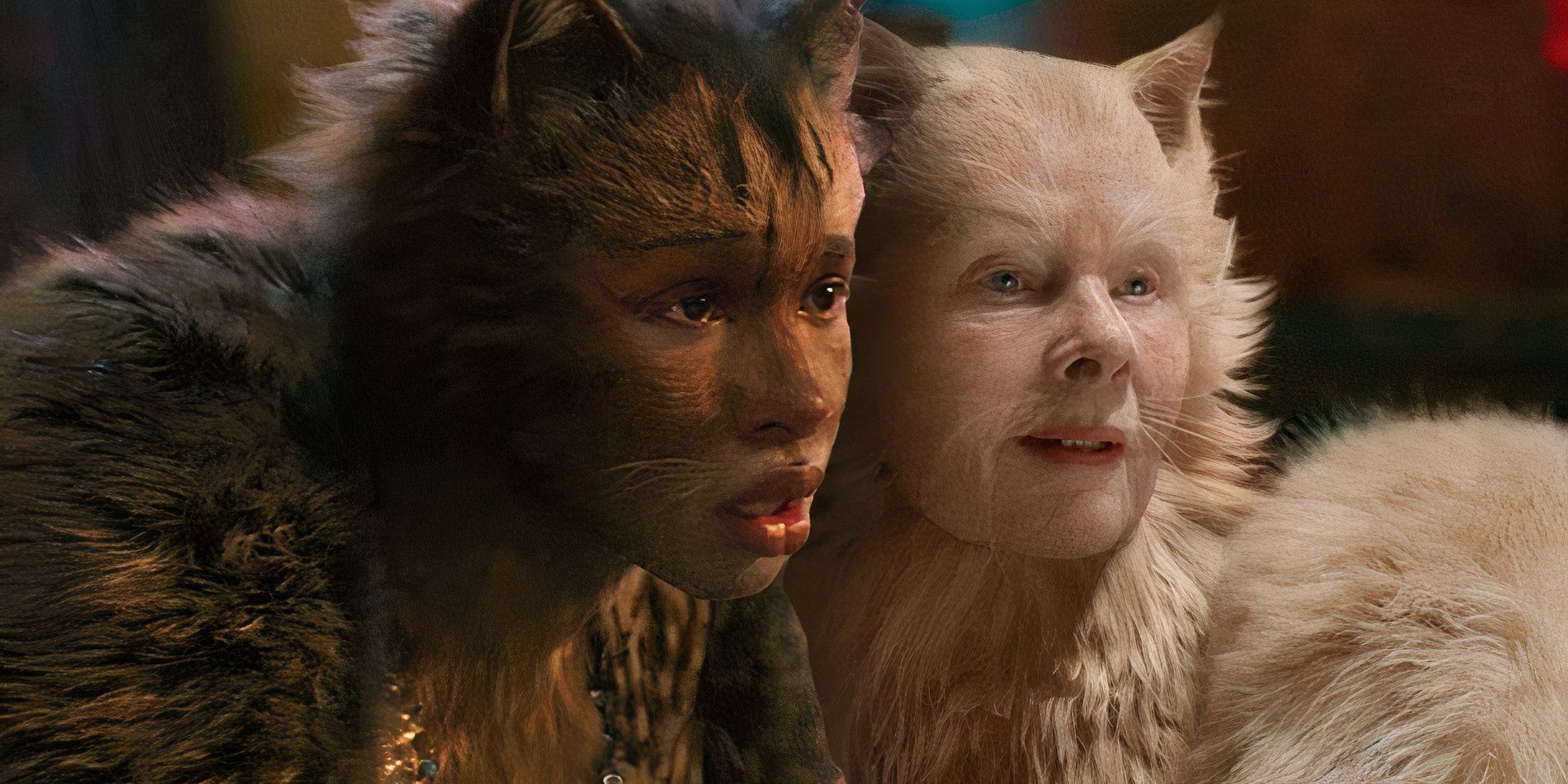
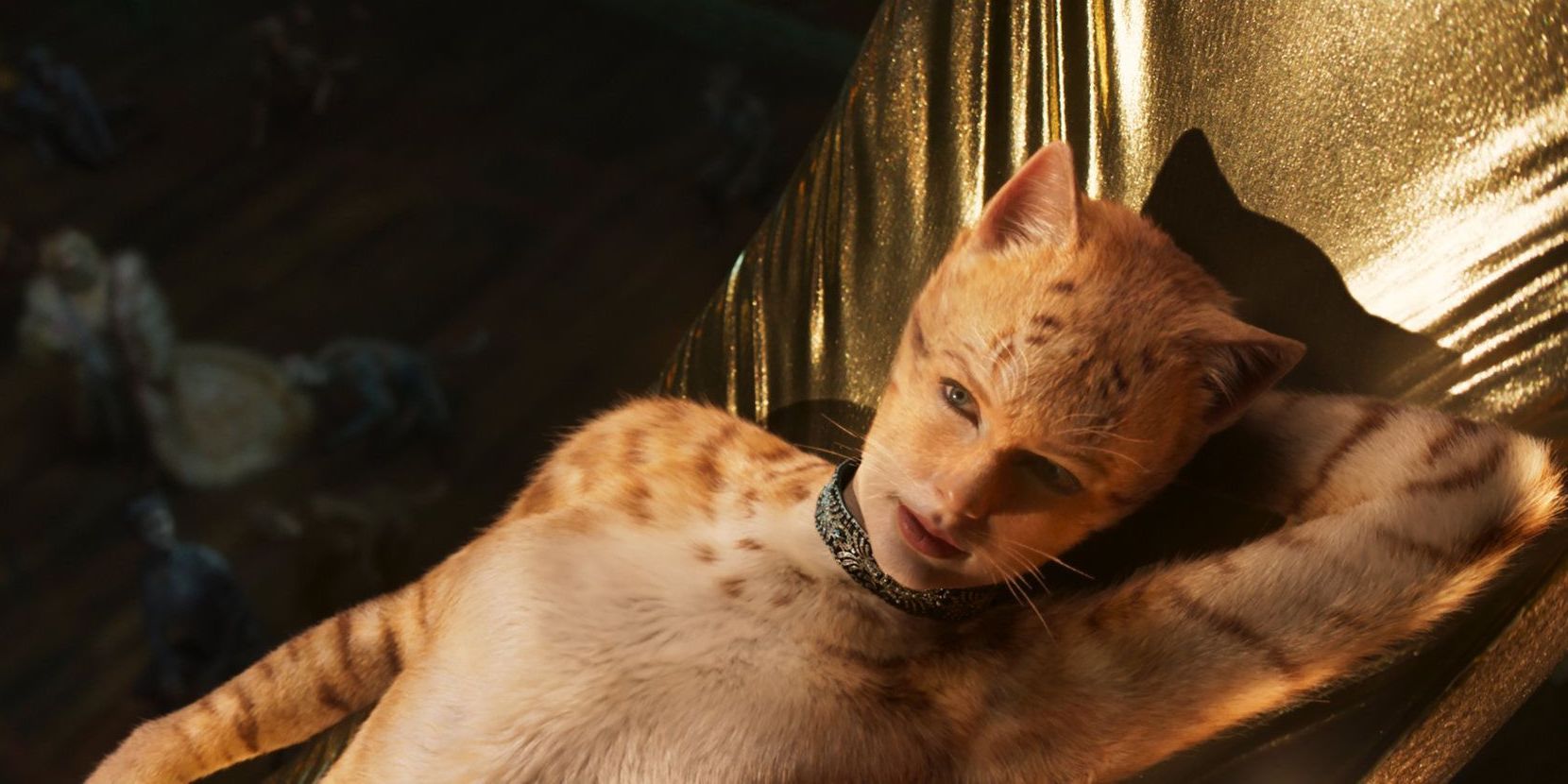
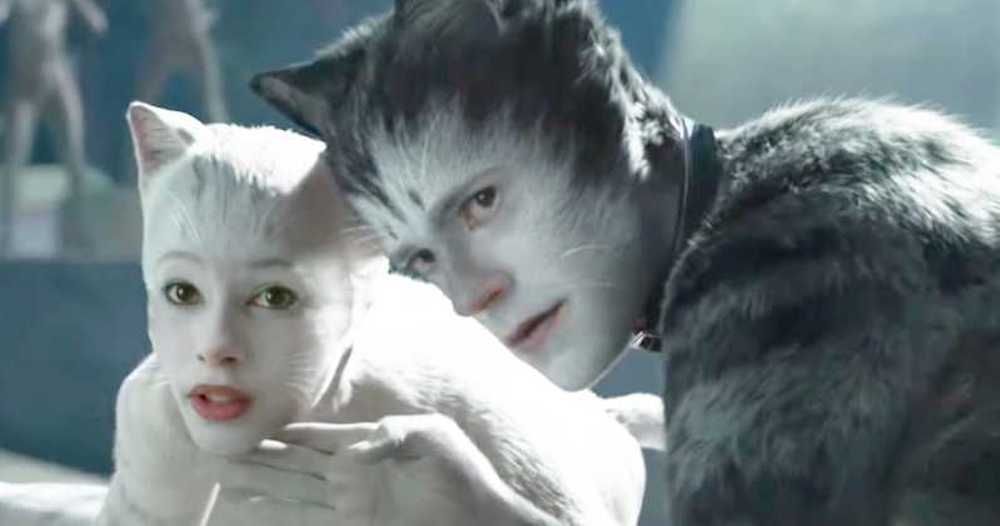

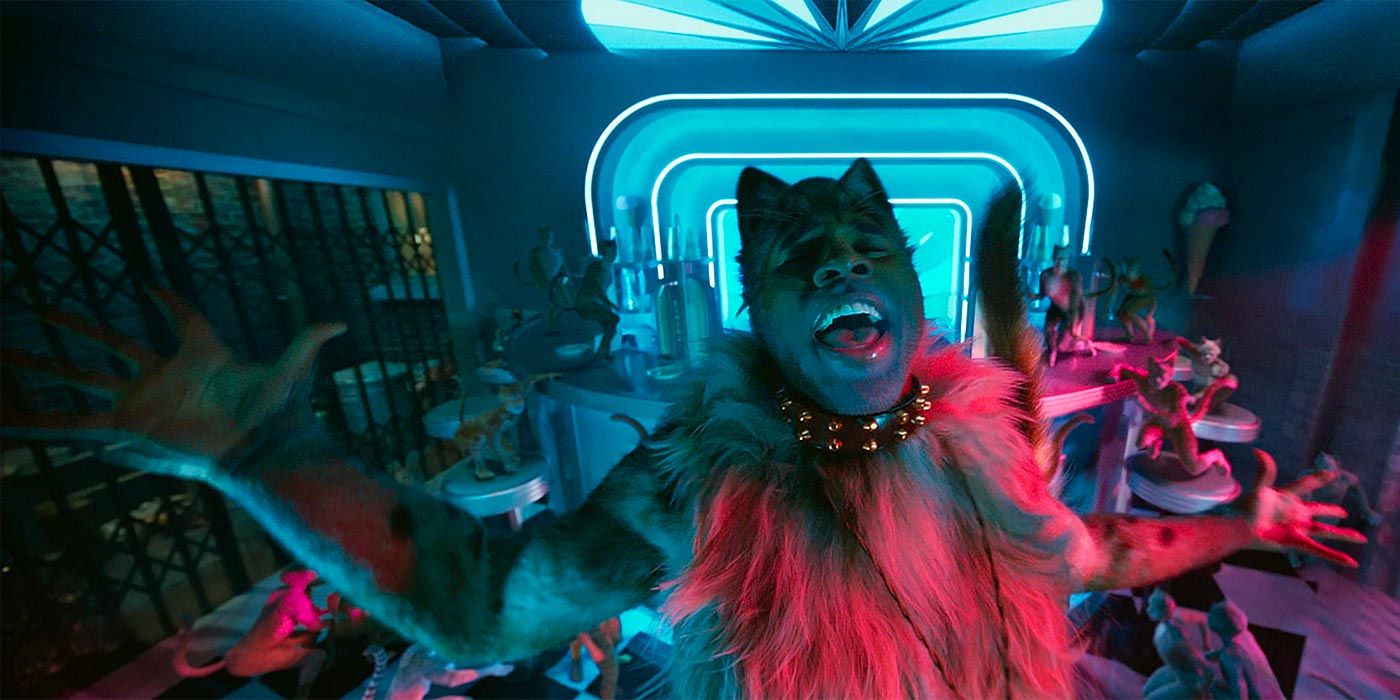
Back in the ’90s, Amblimation, known for producing “Who Framed Roger Rabbit”, initiated an animated adaptation of the Cats musical. Unfortunately, the studio shut down, leaving the project unfinished. Then, 20 years later, in 2013, it was announced that Universal Pictures had acquired the rights to reboot the project as a live-action version, which was started by Andrew Lloyd Webber.
2019’s movie “Cats” was eventually released, though it failed to live up to expectations compared to the stage musical. Unlike the musical, the film was overwhelmed with CGI blunders that were evident even in trailers, overusing these special effects. This deterred many viewers, leading to a significant number of complaints. The excessive use of poor CGI, coupled with its simultaneous release with “Star Wars: The Rise of Skywalker,” resulted in disappointing box office returns. Today, six years later, the film is more recognized as a humorous inside joke among movie enthusiasts than a cherished memory.
Read More
- Who Is Harley Wallace? The Heartbreaking Truth Behind Bring Her Back’s Dedication
- 50 Ankle Break & Score Sound ID Codes for Basketball Zero
- 50 Goal Sound ID Codes for Blue Lock Rivals
- KPop Demon Hunters: Real Ages Revealed?!
- Lottery apologizes after thousands mistakenly told they won millions
- 100 Most-Watched TV Series of 2024-25 Across Streaming, Broadcast and Cable: ‘Squid Game’ Leads This Season’s Rankers
- Umamusume: Pretty Derby Support Card Tier List [Release]
- Ultimate AI Limit Beginner’s Guide [Best Stats, Gear, Weapons & More]
- Mirren Star Legends Tier List [Global Release] (May 2025)
- Former Blizzard president worried about future of Xbox and says changes are needed “fast”
2025-04-29 06:08